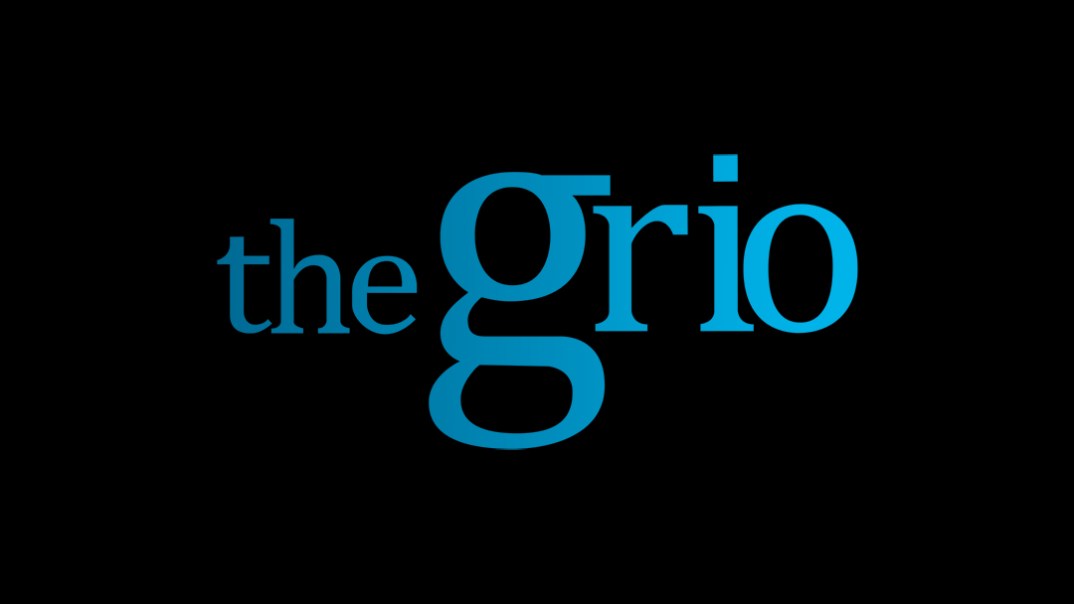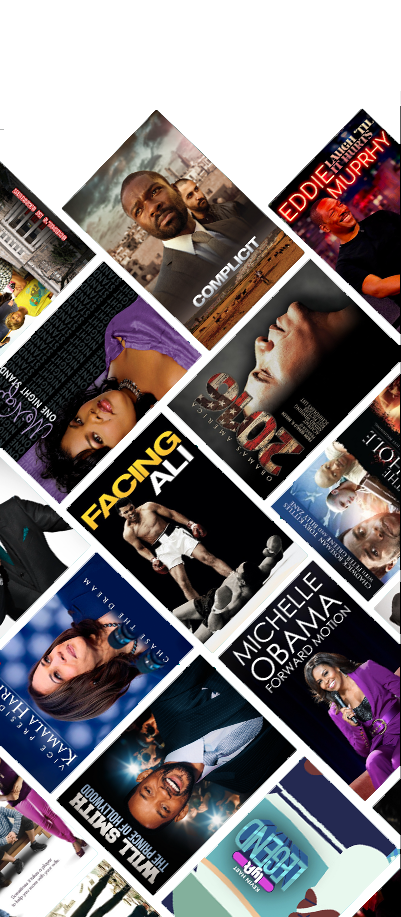Are Howard University’s problems the tip of the iceberg for HBCUs?
theGRIO REPORT - A recent article in the New York Times took a tough look into the inner workings of Howard University, a premiere historically black institution, seemingly, on the brink of collapse...

A recent article in the New York Times took a tough look into the inner workings of Howard University, a premier historically black institution, seemingly on the brink of collapse. With status as one the nation’s top-ranked HBCUs, many were shocked that Howard had become so fractured and many in the HBCU community are worried if other institutions are next.
According to the article entitled, “Hard Times at Howard U.,” the university has been racked by infighting and changing demographics. The recent economic downturn that hit higher education hard has also taken its toll on Howard and other black schools.
The state of HBCUs
“The economic issues that bedevil higher education in general are even more disruptive in the H.B.C.U. community, in part because many of the students are first in their families to go to college,” the Times piece read. “Forty-six percent of students at historically black colleges come from families with incomes lower than $34,000, and half qualify for federal low-income Pell grants, according to the United Negro College Fund, which finances scholarships for 37 private black colleges.”
Also See: Changes to student loan program threatens future of black students, HBCUs
In addition to the financial disadvantage that comes with serving low-income students, particularly in a tough economy, HBCUs were also rocked in recent years by an unannounced policy changes out of the U.S. Department of Education that tightened federal loan eligibility. Subsequent loan denials led to decreased enrollment at many of the nations HBUCs. The Times’ article detailed that HBCUs lost an estimated 17,000 students, costing the schools more than $150 million in revenue.
Those figures are cause for alarm to many in HBCU community who have witnessed five of their 100 or so institutions close their doors in just the past 20 years.
“I wasn’t surprised at all to read about Howard,” says Johnny C. Taylor, president & CEO of the Thurgood Marshall College Fund. “It was just six months or so into my sojourn as the head of an HBCU-serving organization that it became crystal clear to me that these institutions collectively were in trouble.”
Are black colleges in imminent danger?
According to Taylor, 50 to 60 percent of HBCUs don’t have a long-term optimistic outlook and about 10 percent are in imminent trouble.
“I don’t want to name schools but there are at least 10 in the current HBCU space, state and private, that are really close to closing their doors. Seriously,” he says. When asked which school might be best positioned to weather the storm, Taylor is circumspect.
“There are some that seem to be run well but we all thought Howard was doing well,” he says. “It’s like in our black families – we have a lot of pride and we don’t want to share with the world that this institution has problems.”
The Times article also highlighted Morehouse College for its recent financial troubles. In May, President Obama was the commencement speaker at Morehouse. In his speech, he lauded the institution for its history of producing world leaders and mission to educate black men. It was a major moment for the college, one that landed it on the front page of newspapers around the country. By August, however, Morehouse’s newly elected president, John S. Wilson, would announce budget cuts, furloughs and layoffs as the result of a $2.5-million budget shortfall.
Wilson told the Times that when he arrived at Morehouse, the school was in deep financial trouble. In a move that many within the HBCU space applauded, he cut $5 million in administrative costs, eliminated 75 positions and closed one of the school’s residence halls.
Also See: Top 10 HBCUs by starting average salary
“You can only cut, cut, cut for so long. You can’t cut bone,” says Taylor. “We’ve got to figure out what to do. That means redefining HBCUs. It also means the days of guilting the white community into saving these intuitions – or, frankly, guilting black people to send their children just because it’s black – those days are gone.
Not all HBCUs in trouble, Spelman shows way forward
One school that seems to have managed the current climate well is the top-ranked, all-female Spelman College. In November, Moody’s Investors Service assigned an A1 rating to Spelman, citing the school’s “strong niche market position as a highly selective and renowned [HBCU]-designated women’s liberal arts college in the thriving urban Atlanta area which has experienced overall net tuition per student growth and strong philanthropic support leading to solid balance sheet coverage of debt and operations.”
According to the assessment by Moody’s, Spelman has been able to weather an “extremely competitive admissions environment” with historically strong philanthropic support and healthy student demand. It’s success that other HBCUs hope to replicate.
“The strongest and best colleges that will not only survive but thrive are the ones that can further clarify and amplify their value proposition,” Morehouse’s Wilson told the Times. “We have to tout a stronger, clearer value proposition that can attract more of the best and most driven students. We are going to have to give them an experience on this campus that is so powerful that our pool of applicants will expand well beyond African-American men and beyond our borders.”
Taylor agrees. “You’ve go to figure out a competitive and very unique proposition. Otherwise, you will close,” he says. “You cannot cut your way to profitability. That’s a one-trick pony. You’ve got to create more demand for what you sell. Without revenue growth, you’re just putting off the inevitable.”
Follow Donovan X. Ramsey at @iDXR
